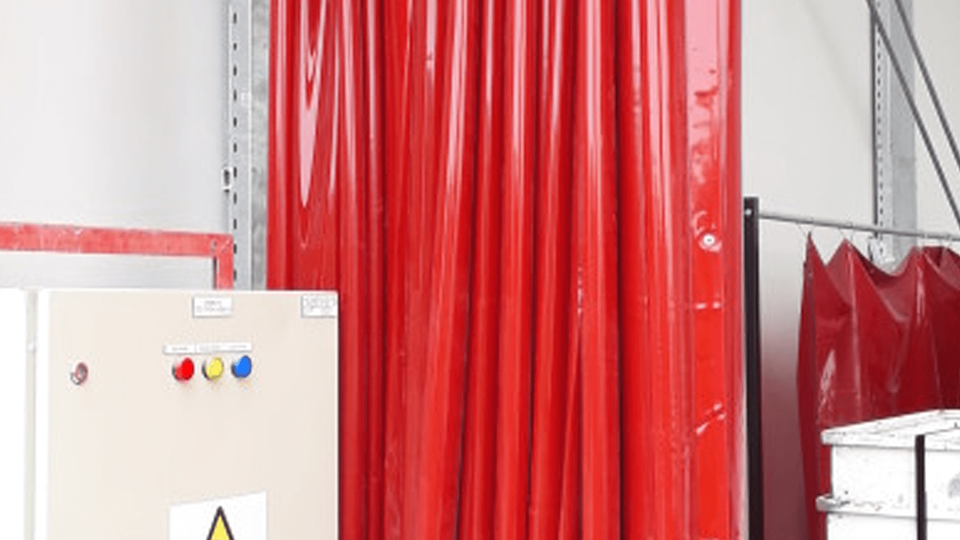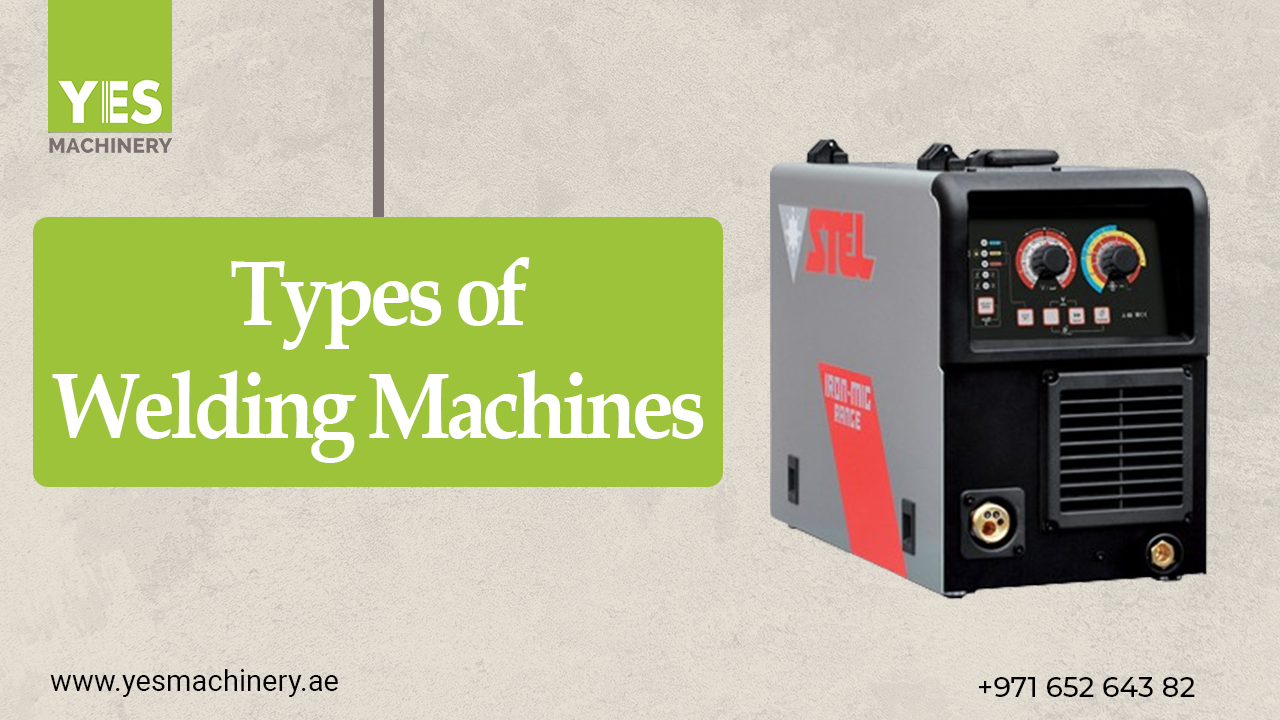
Understanding Welding Positioner Fundamentals
- Category Welding
Overview On Welding Positioners
A weld positioner is a tool made with the comfort of the welder in mind. Because they can perform their duties while standing still, it lessens their weariness. Because this welding positioner can rotate up to 360 degrees, they are not required to move or bend. The weld positioner is used to adjust the item or work piece that needs to be welded. Valves or pipe joints are used to install weld positioners. This is the fundamental explanation for its widespread use in industries that form metal parts or components using CNC machining or metal fabrication. This article covers a variety of topics, including the uses, advantages, and operation of weld positioners.
Working of Welding Positioners
No matter how big or tiny the workpiece, a weld positioner operates on the same premise. They create a rotational plane that is parallel to the ground. These positioners can hold massive sets of tooling. But a weld positioner is more than just a table that spins. The output limits for static torque determine its capability. It can support a sizable amount of weight while rotating at extremely high speeds.
What Are The Points To Remember While Using Welding Positioners?
When welding on a weld positioner, personnel should bear the following in mind:
Examining the center of gravity (CoG): An object's center of gravity is the location at which its mass is concentrated. Therefore, in addition to the workpiece's size and weight, it is crucial to take its center of gravity into account while choosing the positioning weld. This makes it easier for the workpiece to balance evenly in all directions. This also establishes how quickly the table rotates. When the welder adds components to the positioner that vary in weight and size, CoG will alter.Consider this into account.
Appropriate work piece attachment: The manner in which the work piece is fixed to the weld positioner is important since it will also separate from it after the task is completed. Unique production fixtures are used for some specialized operations that must be performed in order to produce parts for common applications. Apart from this, a three-jaw chuck is typically used to attach spherical workpieces to the positioner. Bolts are required for some parts. Therefore, the size and shape of the workpiece must be taken into consideration while determining this.
Even, flat surface: Make sure the entire welding positioner unit is fixed to an even, level surface. If not, there is a chance that the work item will fall off and harm someone. The positioner can be mounted vertically on a stand or workbench, but it needs to be securely fixed.
What Are The Advantages Of Using Welding Positioners?
Apart from increasing worker comfort, weld positioners have various other advantages. Here are a few of them:
Better quality: Accuracy is facilitated by the use of a weld positioner, reducing the possibility of worker error.
Decreased fatigue: A worker can operate while standing still thanks to the weld positioner's design. It is adapted to their comfort level and height. As a result, they will undoubtedly feel less stressed or exhausted, which will increase productivity.
Semi-automatic operation: By connecting a welding positioner to a power supply, it becomes a semi-automatic machine. This contributes to the welder's increased output by increasing speed.
Worker safety is guaranteed by the design of a weld positioner. This is a result of the workpiece to be welded being securely fixed in the positioner to prevent it from moving. If we sling or chain the part, we run the risk of causing uncontrolled motion, which could be hazardous, rather than anchoring it.
Compact footprint: The factory floor can be made less cluttered by using these weld positioners, which can be changed in small locations.
Welding Positioner Applications
In numerous industries where welding and fabrication are necessary, weld positioners are frequently employed. The following are a few areas in which weld positioners are used:
Rotating orientation
Shaft, wheel, pipe, and other welding
Equipment mounting for welding
Workpieces rotating with massive offset stresses
Component rotation during assembly
Conclusion
Make sure you purchase weld positioners from a reputable manufacturer and supplier if you need them for an industrial application. One of the top distributors of machinery for sheet metal manufacturing is YES Machinery who supplies high quality machines from Europe. To satisfy client needs, the business offers weld positioners in a variety of specs.They provide the best after-sale support than any other distributor in the Middle East region.
Related Blogs
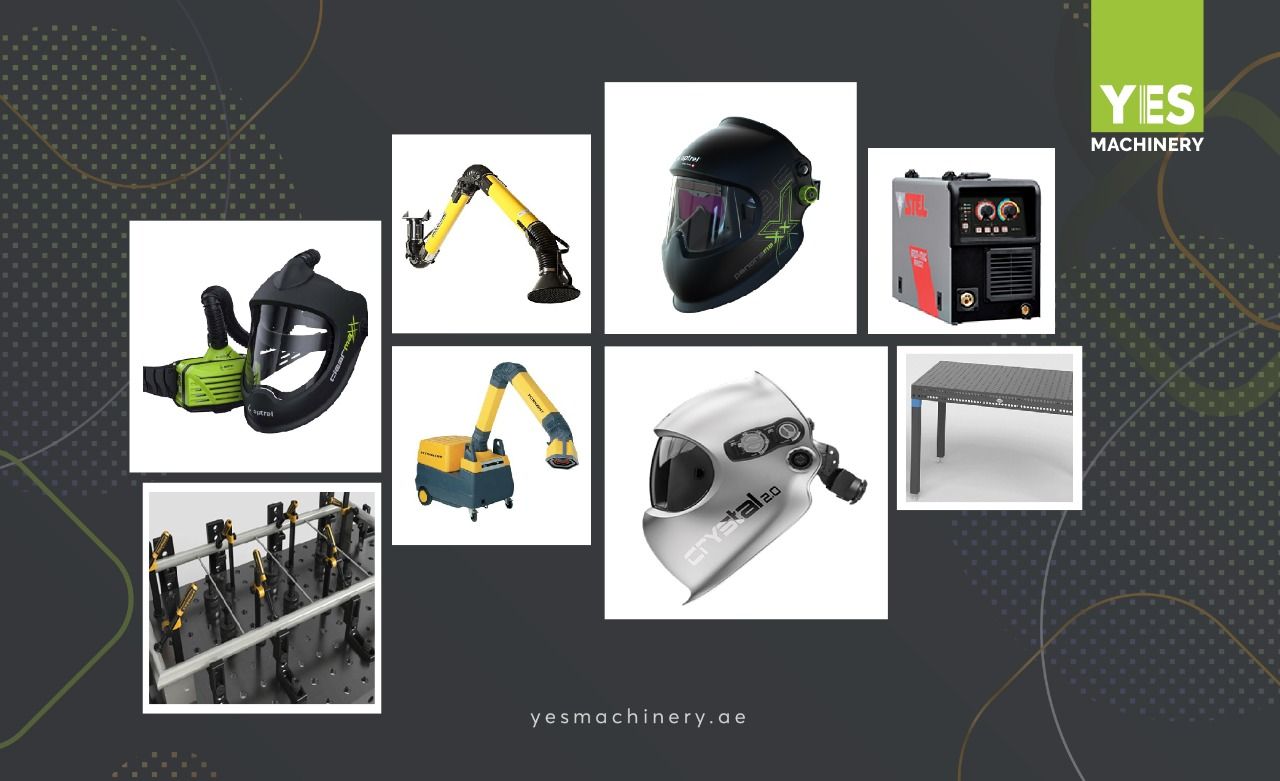
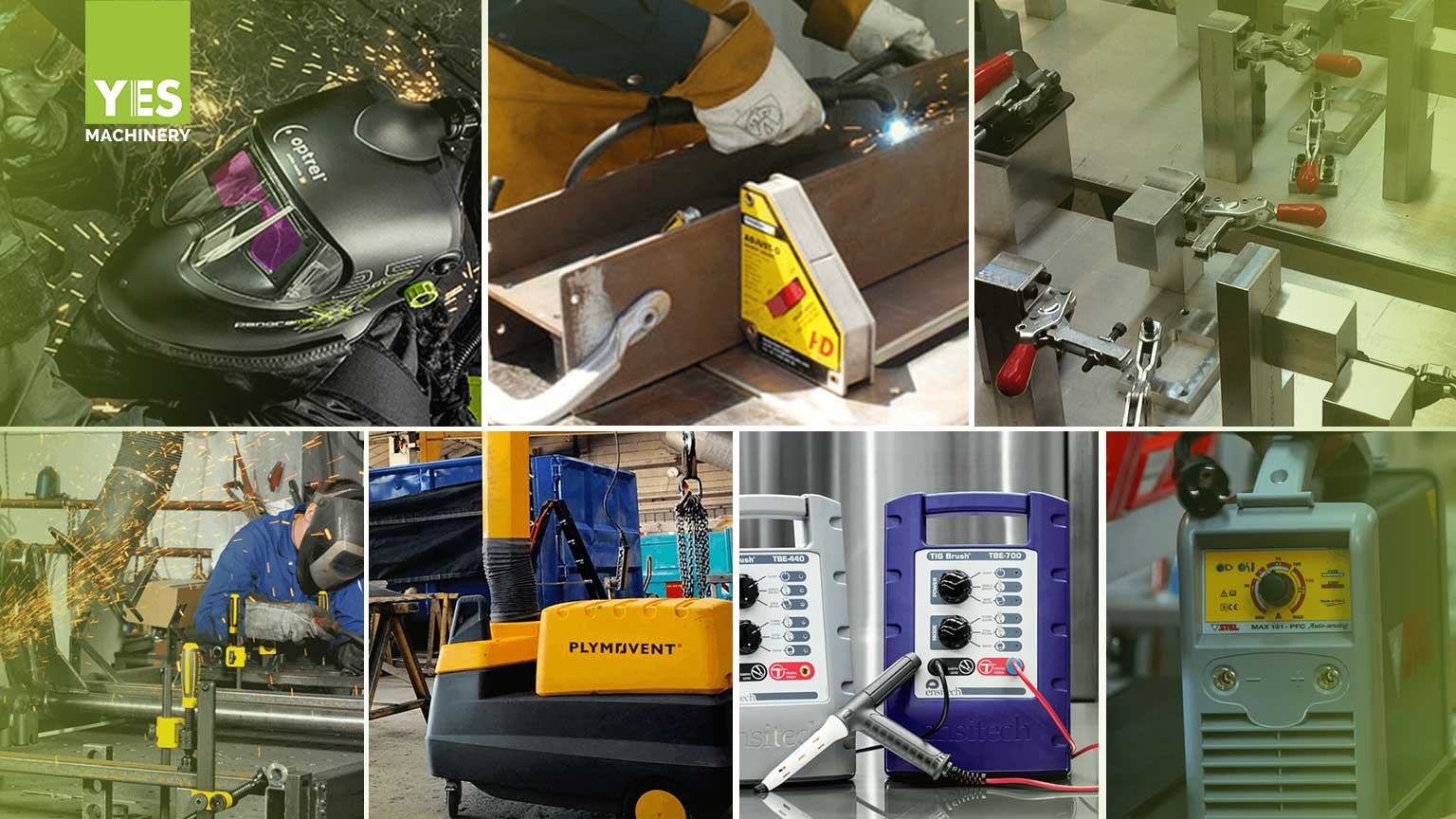
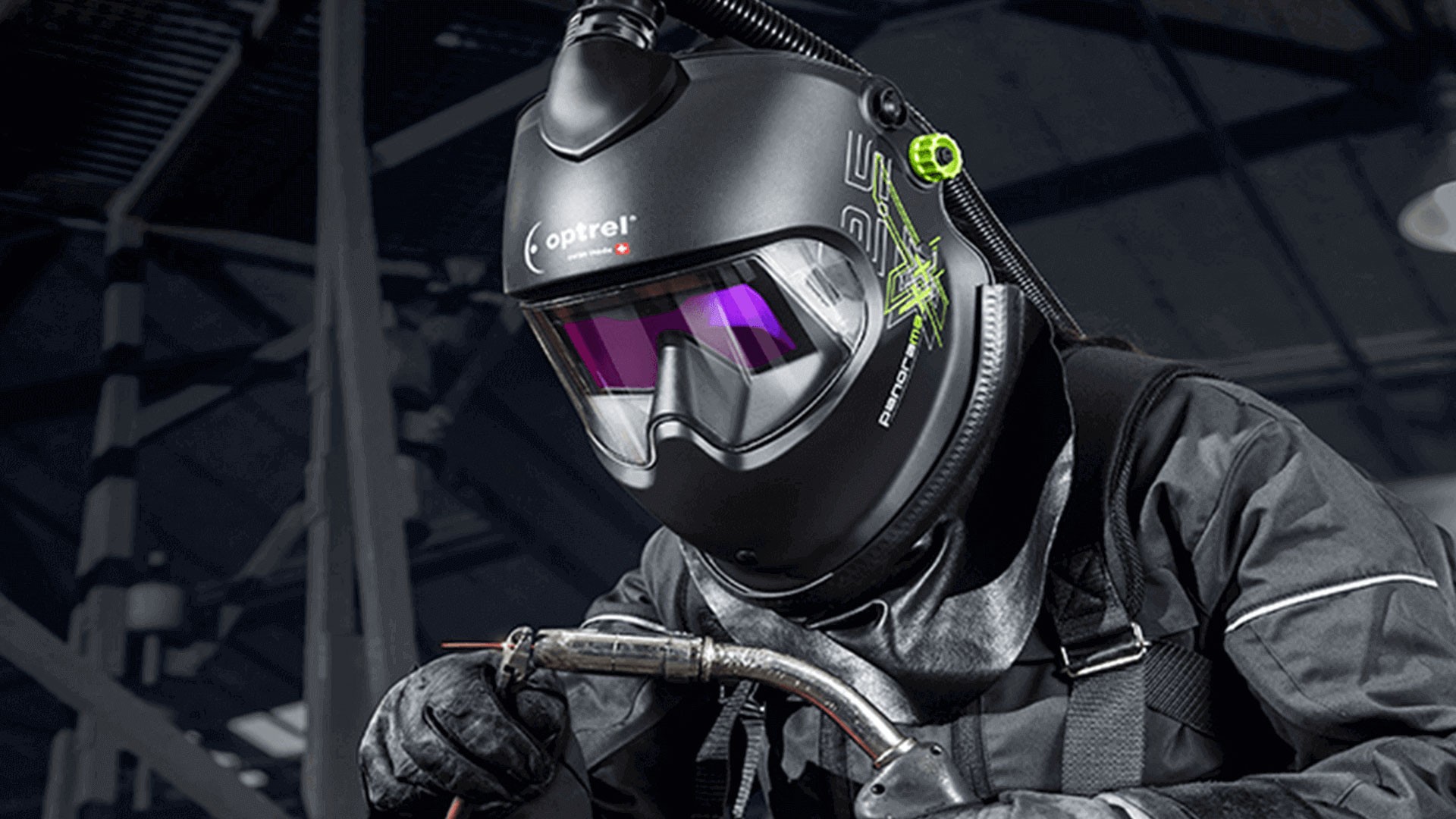

Search
Latest Blog
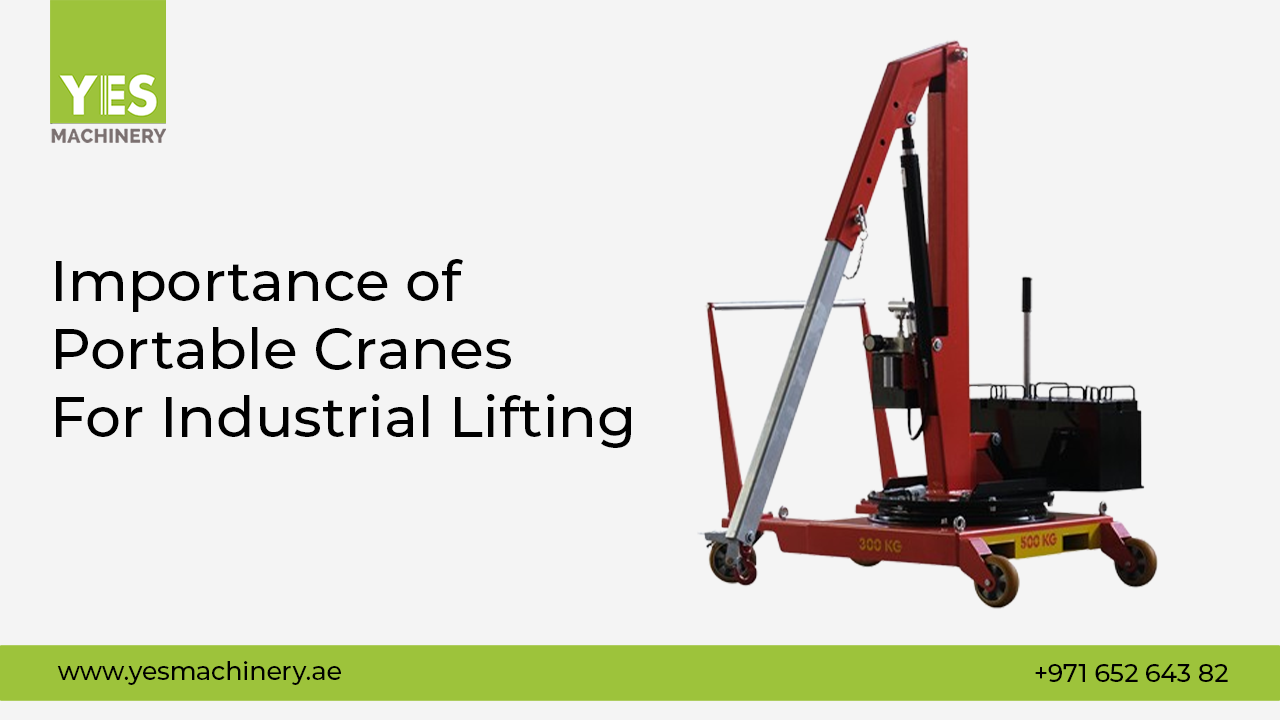
Importance of Portable Cranes in Industrial Lifting
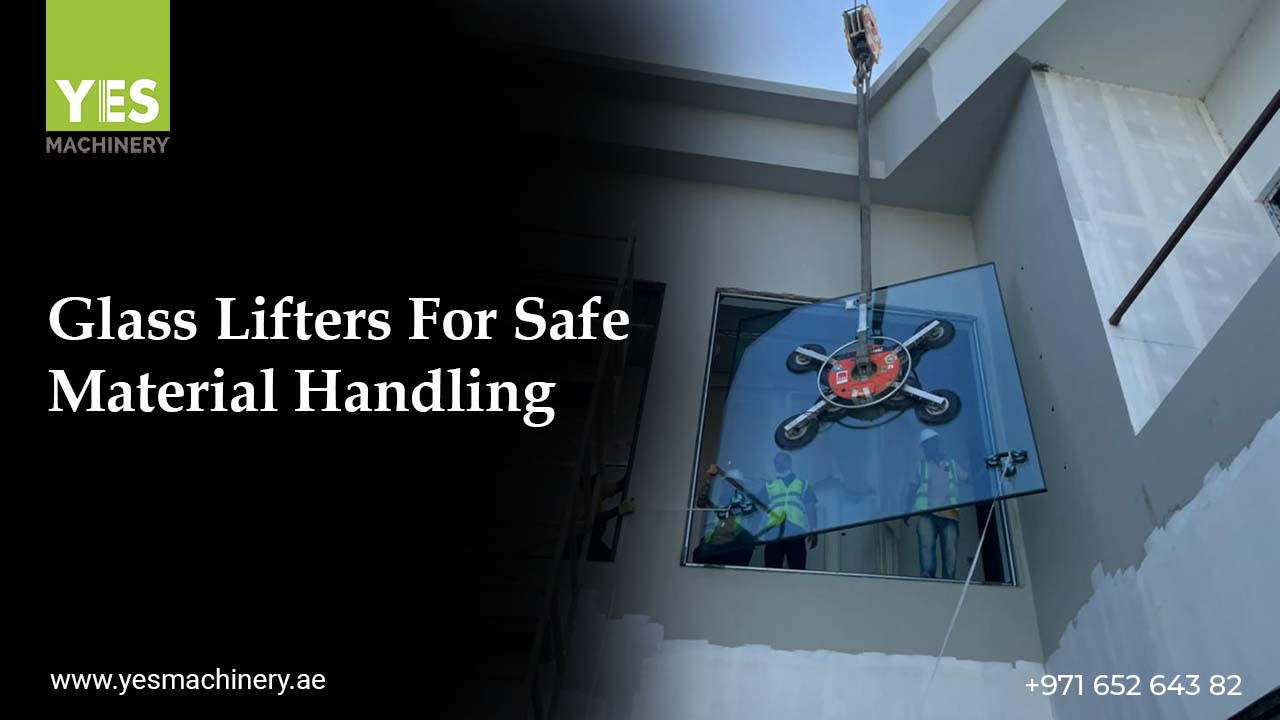
Glass Lifters For Safe Material Handling

An Overview of Laser Welding Machine and its Applications
Categories
- Assembly and Lean
- Cleaning Machines
- Cleaning Robots
- Cutting, Notching, Punching
- Edge Preperation
- Grinding Machines
- Industrial Vacuum Cleaners
- Lifting
- Lifting and Manipulation
- Machines
- Marking Solutions
- Metal Forming
- Metal Joining and Fastening
- Packing
- Pipe Handling
- Storage Solutions
- Sweeper Tool Carrier
- Vacuum lifting machine
- Warehousing and Storage
- Welding


